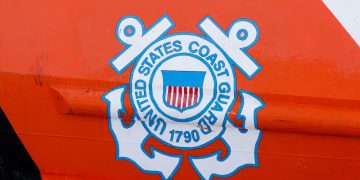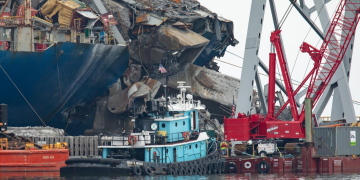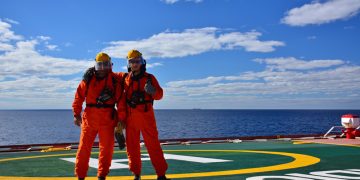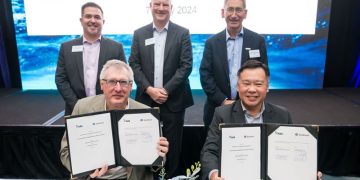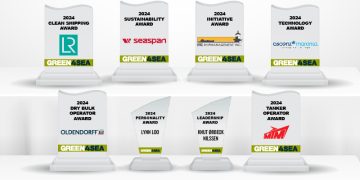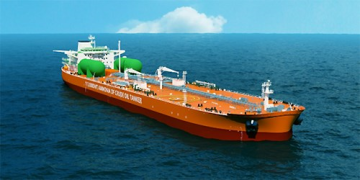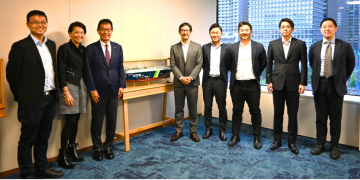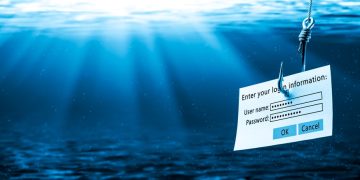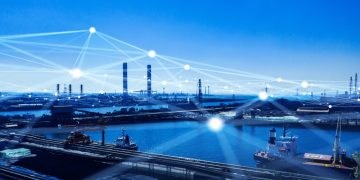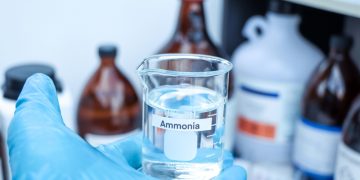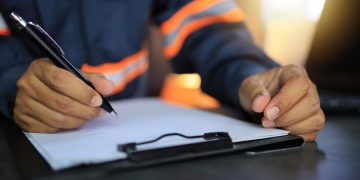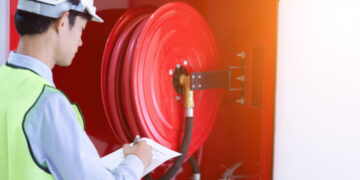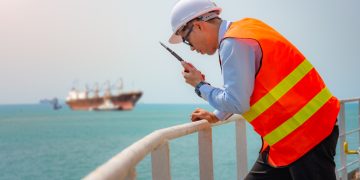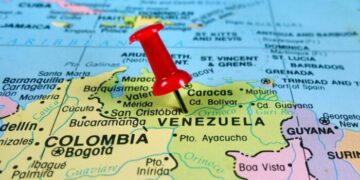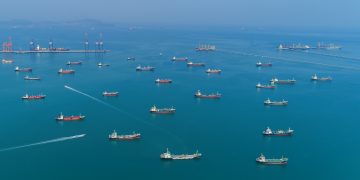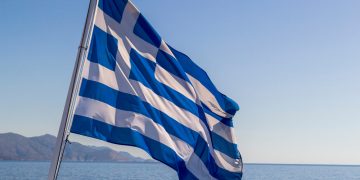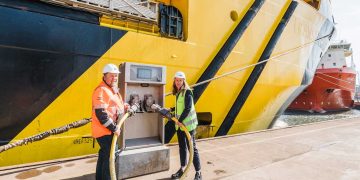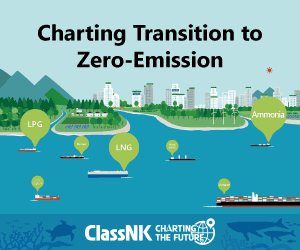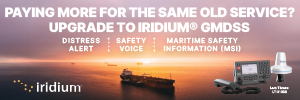New initiative improves shipping's safety record
Dr Pierre C. Sames from DNV GL introduced the Vessels for the Future initiative at the European Shipping Week in Brussels Looking ahead to 2020 and beyond, both maritime and inland waterways will be under ever increasing pressure, as we use them for transport, recreation and commercially. At European Shipping week (ESW), Dr Pierre C. Sames, Chairman of the European Research Association and Director of Maritime Technology, Research and Development at classification society DNV GL, introduced a new initiative - Vessels for the Future - which aims to improve shipping's safety record, sustainability and global competitiveness. Launched in November 2014, over 50 companies, research institutes, academic organizations and interested associations have already signed up to take part in the initiative to work towards a more sustainable European transport system. "Aiming at a private public partnership is important not only as it allows us to have a coordinated research, development and implementation (RDI) programme which covers both vessels and waterborne operations, but it demonstrates a clear commitment from all stakeholders to meet the ambitious goals of the initiative," said Dr Sames. The initiative focuses on the three key areas for the maritime transport cluster: safe and efficient waterborne transport and competitiveness ...
Read more



